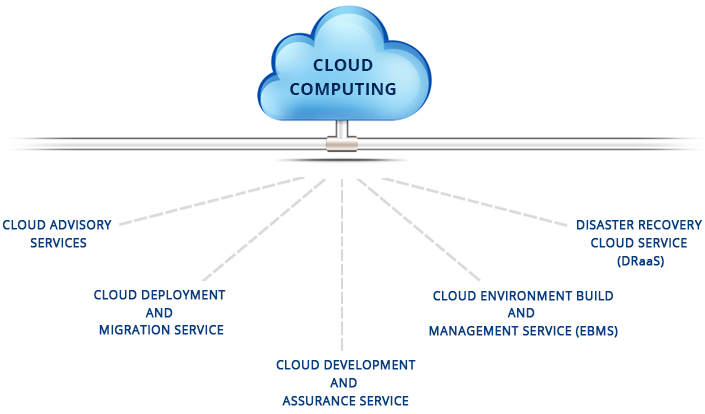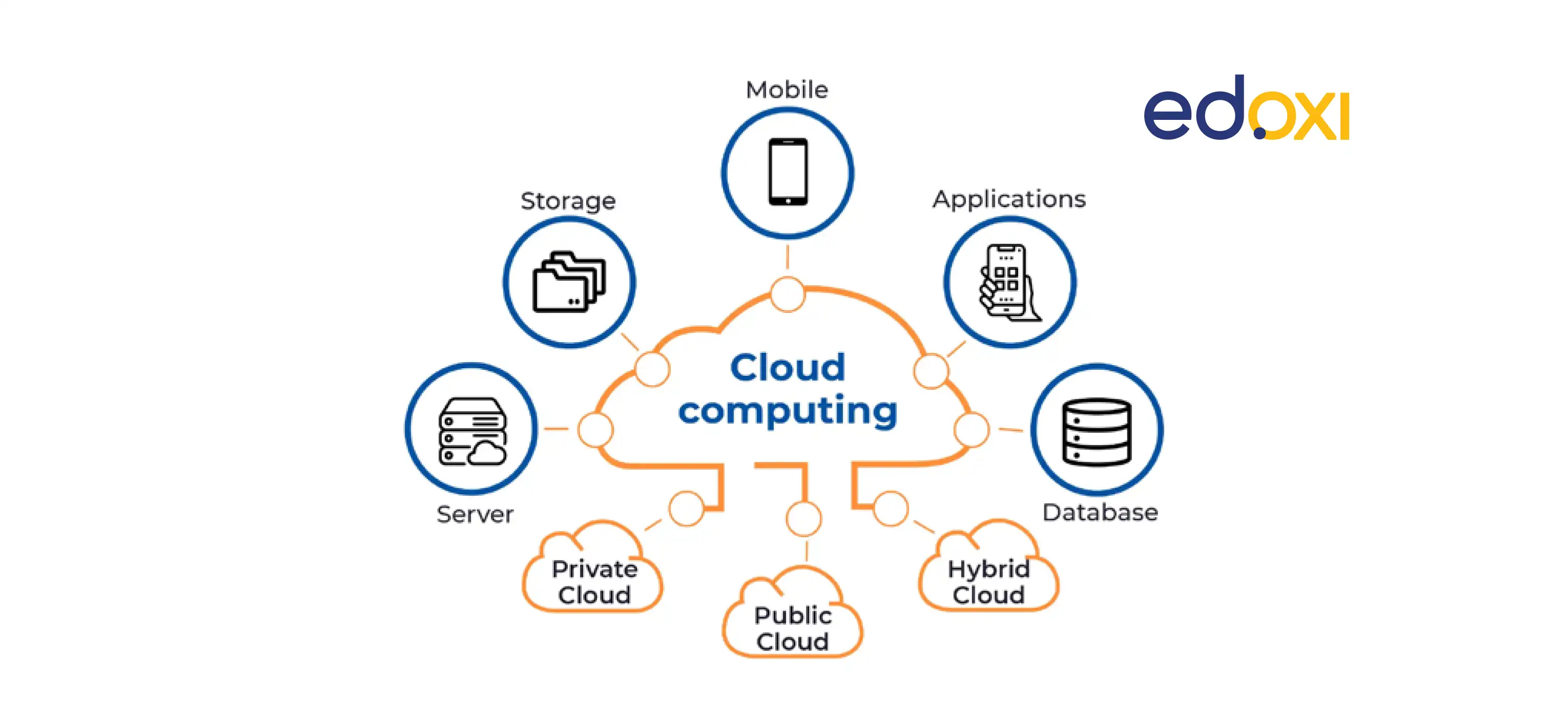Improve Your Company with Cloud Services: A Guide to Modern Solutions
Wiki Article
Achieve Seamless Scalability With Cloud Solutions
In the ever-evolving landscape of cloud services, accomplishing smooth scalability stands as a foundation for modern-day companies seeking to remain competitive and versatile. The mission for seamless scalability with cloud services unveils a world of opportunities for those willing to embrace the transformative power of dynamic source monitoring.Benefits of Cloud Scalability
Cloud scalability supplies companies the adaptability to dynamically adjust resources based upon need, making sure ideal performance and price efficiency. One essential benefit is the ability to range sources up or down rapidly in action to rising and fall work. This dexterity enables businesses to fulfill transforming customer requirements without over-provisioning sources, ultimately bring about set you back financial savings. Scalability additionally enhances performance by guaranteeing that systems can manage raised web traffic or workload without experiencing downtime or stagnations. By efficiently assigning sources, companies can keep high levels of performance throughout peak times without unneeded expenses during quieter periods. Additionally, cloud scalability advertises technology and testing by permitting organizations to conveniently examine originalities and range them as required. This adaptability urges a society of continual improvement and adaptation, making it possible for companies to remain competitive in a swiftly advancing market landscape. Eventually, the advantages of cloud scalability prolong beyond expense financial savings to incorporate improved performance, agility, and innovation.Key Features for Scaling
Effective scaling in cloud solutions counts on vital features that allow companies to readjust sources dynamically based upon need. One essential feature for scaling is elasticity, permitting sources to scale up or down in reaction to changing workloads. This ensures that organizations can meet efficiency needs without over-provisioning resources. An additional crucial attribute is scalability, making it possible for systems to manage boosted work by adding sources effortlessly. This feature is critical for accommodating growth without compromising performance. Additionally, automation plays a vital duty in scaling by automating the provisioning and de-provisioning of sources based on predefined policies. Automation minimizes human treatment, enhances performance, and makes certain quick action to changing demands. Surveillance and analytics tools are likewise important for scaling, giving understandings into resource utilization, performance metrics, and prospective traffic jams. These devices allow companies to make enlightened decisions and optimize resource allocation for reliable scaling. On the whole, these essential functions collectively encourage organizations to accomplish smooth scalability in cloud solutions.Applying Auto-Scaling Techniques
To properly enhance resource allotment and adapt to varying workloads, companies must strategically apply auto-scaling techniques in their cloud services facilities. Auto-scaling allows systems to automatically adjust the variety of calculate sources based on real-time need. There are numerous auto-scaling techniques that companies can employ, such as predictive scaling, which makes use of historical information to forecast future source demands, and reactive scaling, which responds to current workload modifications.
Finest Practices for Scalability
For companies aiming to improve their scalability in cloud services, implementing ideal techniques is crucial for ideal efficiency and resource administration. One key best technique is creating applications with a microservices design. This technique breaks down applications into smaller sized, independent services that can be released, upgraded, and scaled independently, permitting for better flexibility and scalability.An additional vital method is using containerization innovation, such as Docker or Kubernetes. Containers allow the packaging of applications and their dependencies into separated devices, making it less complicated to scale parts individually and release them continually throughout different settings.
In addition, carrying out automated implementation and framework as code (IaC) can streamline scalability efforts (linkdaddy cloud services). Automation devices like Terraform or Ansible assistance in provisioning and managing resources effectively, lowering hand-operated mistakes and allowing quick scalability
Furthermore, monitoring efficiency metrics, establishing notifies, and carrying out normal capability preparation are necessary methods to make certain positive scalability monitoring. By sticking to these ideal practices, companies can achieve seamless scalability in their cloud services while maximizing performance and resource use.
Tracking Efficiency Metrics
When analyzing the performance of cloud services scalability, closely checking efficiency metrics is imperative for making sure optimum functionality and source allowance. By continually tracking crucial performance signs (KPIs) such as feedback times, latency, throughput, and resource utilization, organizations can get beneficial insights right universal cloud Service into the health and wellness and effectiveness of their cloud framework. Monitoring efficiency metrics enables the very early detection of prospective traffic jams or issues that could impact scalability, making it possible for proactive steps to be required to resolve them prior to they intensify.

Verdict
In conclusion, attaining smooth scalability with cloud services is important for organizations to optimize performance, enhance innovation, and keep high performance levels throughout peak times. By leveraging the benefits of cloud scalability, executing auto-scaling techniques, utilizing essential features such as flexibility and automation, and following finest methods like application style and efficiency tracking, services can efficiently scale their systems while making the most of resource utilization and efficiency.The mission for seamless scalability with cloud solutions introduces a world of opportunities for those ready to welcome the transformative power of dynamic resource management.
Cloud scalability offers organizations the versatility to dynamically adjust sources based on need, making sure ideal performance and expense performance. One more essential attribute is scalability, making it possible for systems to take care of increased workload by including sources perfectly.For organizations intending to improve their scalability in cloud solutions, implementing finest practices is crucial for ideal performance and resource monitoring.When examining the effectiveness of cloud solutions scalability, carefully monitoring efficiency metrics is critical for making certain optimal capability and source allotment.
Report this wiki page